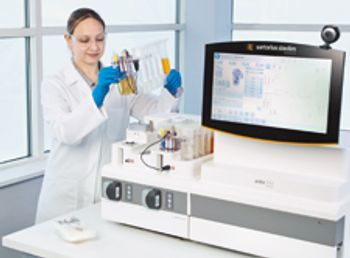
The ambr 250 mini benchtop bioreactor system from Sartorius Stedim Biotech can be used for parallel fermentation and cell culture.

The ambr 250 mini benchtop bioreactor system from Sartorius Stedim Biotech can be used for parallel fermentation and cell culture.

A research team associated with Dr. Carl June announces it has discovered a way to engineer a patient’s own immune cells to recognize cancer-specific glycoantigens on tumor cells.

The assay, co-developed by Grifols and Hologic, will be used to test blood donations in the United States.

An article in Nature Reviews Drug Delivery reports the clinical success rates of biologics, and these numbers differ from those recently highlighted in a similar BIO study.
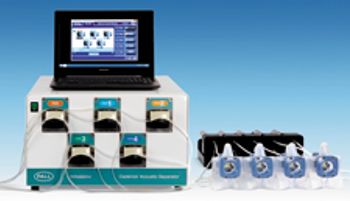
The Cadence Acoustic Separator (CAS) from Pall Life Sciences enables the purification of bioprocesses fluids without the use of primary depth filters or centrifuges.
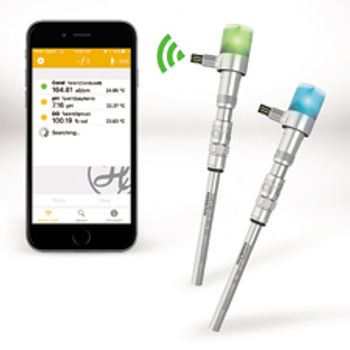
The ArcAir communication package from Hamilton Company enables Bluetooth 4.0 wireless connectivity in all environments.

The FlexPro 50, from Groninger, is a modular filling and closing system designed to process vials, cartridges, and syringes, as well as vials in bulk and trays.
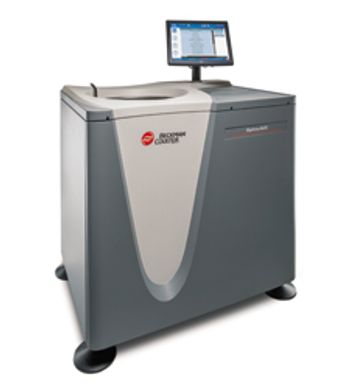
The Optima AUC from Beckman Coulter Life Sciences is an ultracentrifuge that determines molecular weight, size shape, and polydispersity.

A $1.1-million NSF grant awarded to Advanced Polymer Monitoring Technologies will be used for the development of a characterization technology for monitoring aggregation in biopharmaceuticals.
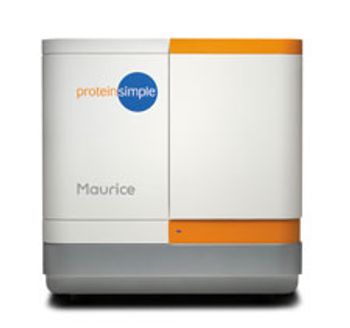
The advanced capillary electrophoresis system, Maurice, from ProteinSimple is used for the quantitative analysis of identity, purity, and heterogeneity profiles of biopharmaceuticals.
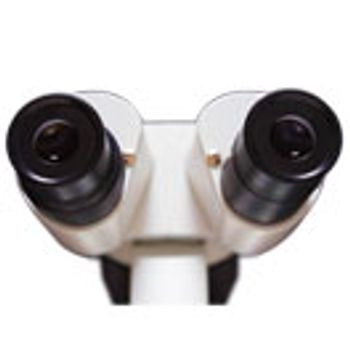
Time and sensitivity are essential for analytical technologies in all phases of biopharma development.

BioPharm highlights the monoclonal antibodies that may gain United States regulatory approval in 2016.

In semiconductor manufacturing, for example, a thorough understanding of process variation allows companies to manufacture circuits with billions of transistors at high yields. These variations are translated into a set of design rules, which help ensure that designs will be manufactured successfully and meet safety and other regulatory requirements.

The company’s new version of its glycan analysis tool will help investigators determine the relative abundance of individual N-glycan structures in small biopharmaceutical samples.

The UK’s National Biologics Manufacturing Centre will use Novasep’s BioSC Lab for protein purification.

Wilden’s Saniflo Hygienic Series pumps use a new, energy-efficient air distribution technology.
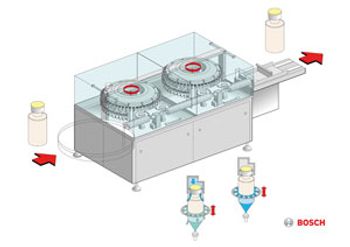
The RAN 3080 exterior washing machine from Bosch cleans filled and closed vials, ampuls, and cartridges using a high-pressure process and special transportation system.
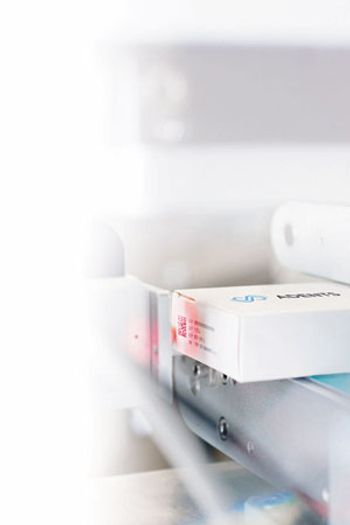
Adents’ Pharma Suite serialization software features track-and-trace capabilities.
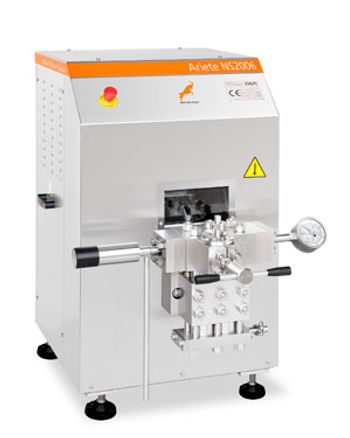
GEA's self-contained homogenizer is designed for laboratory applications, including cell dispersions.

The company’s purification platform is thought to reduce the number of purification steps that are currently required for the manufacture of complex therapeutics.

Malvern Instruments' biophysical characterization equipment will be installed in a commercial applications laboratory in San Diego, California.

A broad indication for GSK’s investigational mAb mepolizumab, coupled with an upcoming FDA decision date, could give the manufacturer a competitive advantage in the biologic asthma market.

FDA approved the drug for a more narrow indication in the US than did EMA for Repatha, Praluent’s fiercest competitor.
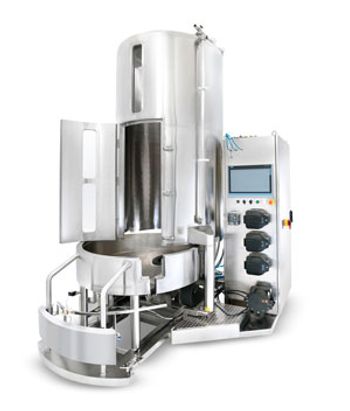
The Mobius 2000-L single-use bioreactor from EMD Millipore offers configurable software, hardware, and single-use Flexware assemblies for suspension and adherent cell-culture applications.
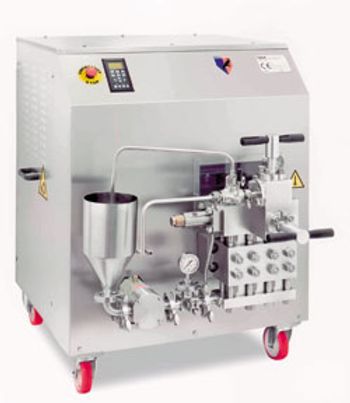
GEA’s Panther NS3006L high-pressure homogenizer is a standalone unit designed to reduce particle size to nanometer ranges.